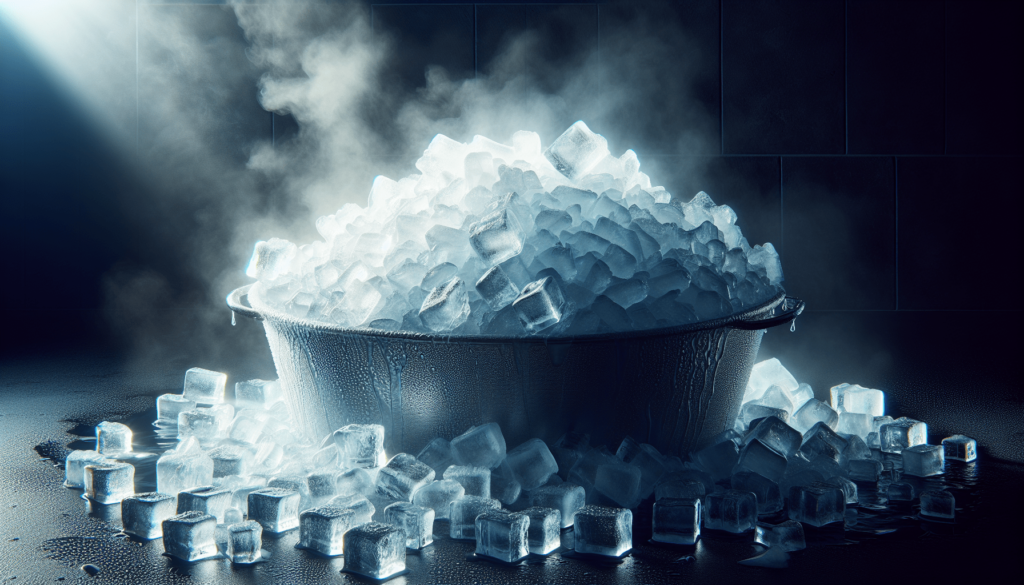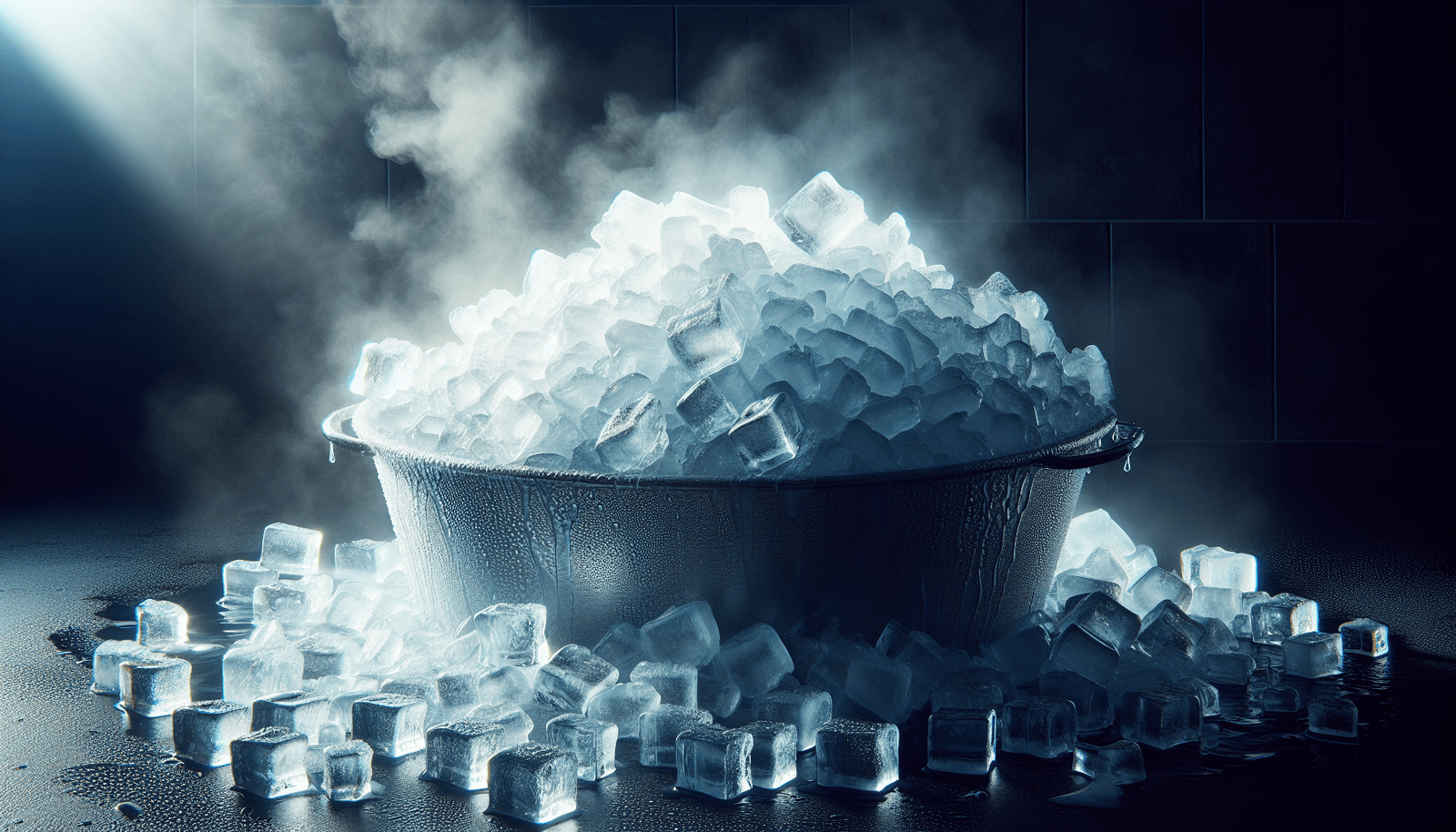Welcome to the world of cold plunges! If you’re wondering how often you should be taking the plunge into icy waters, you’re in the right place. Cold plunges can have numerous health benefits, but finding the right frequency for you is key. Let’s explore the ideal balance for incorporating cold plunges into your routine.
How Often Should You Do Cold Plunges?
Have you ever wondered how often you should be incorporating cold plunges into your routine? Whether you’re new to this practice or a seasoned pro, finding the right frequency can be crucial for maximizing the benefits of cold water exposure. In this article, we’ll explore the ideal frequency for cold plunges and how to tailor your routine to suit your individual needs.
Understanding the Benefits of Cold Plunges
Before diving into how often you should do cold plunges, it’s essential to understand the numerous benefits associated with this practice. Cold water immersion has been used for centuries to promote health and well-being, and research has shown that it can have a profound impact on both the body and mind.
Benefits for the Body
Cold plunges are known to have a variety of physical benefits, including:
- Reduced inflammation: Cold water exposure can help reduce inflammation in the body, which can be especially beneficial for those dealing with chronic pain or muscle soreness.
- Improved circulation: The cold temperature of the water can help stimulate blood flow, which can improve circulation throughout the body.
- Enhanced recovery: Cold plunges have been shown to help speed up recovery after intense physical activity, making them a popular choice among athletes.
- Boosted immune system: Cold water exposure has been linked to a strengthened immune system, helping to ward off illness and improve overall health.
Benefits for the Mind
In addition to the physical benefits, cold plunges can also have a positive impact on mental health:
- Increased alertness: Cold water immersion has been shown to increase alertness and mental clarity, making it a great way to start the day.
- Reduced stress: The shock of cold water can trigger the release of endorphins, which can help reduce stress and promote feelings of well-being.
- Improved mood: Many people find that cold plunges help improve their mood and overall outlook on life, making them a valuable tool for mental health.
Determining Your Ideal Frequency
Now that you understand the benefits of cold plunges, how can you determine the ideal frequency for incorporating them into your routine? The answer will depend on a variety of factors, including your overall health, fitness level, and personal preferences.
Listen to Your Body
The most important factor to consider when determining how often you should do cold plunges is how your body responds to the practice. Pay attention to how you feel after each session – if you notice any negative side effects such as excessive fatigue or prolonged soreness, it may be a sign that you’re overdoing it.
Start Slow
If you’re new to cold plunges, it’s best to start slow and gradually increase the frequency as your body adapts to the practice. Begin with shorter sessions at a lower temperature and gradually work your way up to longer, colder plunges over time.
Consider Your Goals
Another important consideration when determining your ideal frequency for cold plunges is your specific goals. If you’re primarily interested in the physical benefits, you may want to incorporate cold plunges into your routine more frequently than if you’re focusing on mental health or stress relief.
Tailor Your Routine
It’s essential to tailor your cold plunge routine to suit your individual needs and preferences. Some people find that daily cold plunges work best for them, while others prefer to do them a few times a week. Experiment with different frequencies to find what works best for you.

Creating a Cold Plunge Schedule
Once you’ve determined your ideal frequency for cold plunges, it’s time to create a schedule that works for you. Here are some tips for incorporating cold plunges into your routine in a way that supports your overall health and well-being.
Consistency is Key
Consistency is crucial when it comes to cold plunges, so try to establish a regular schedule that you can stick to. Whether you choose to do them daily, every other day, or a few times a week, consistency will help maximize the benefits of cold water immersion.
Mix it Up
To keep things interesting and prevent boredom, consider mixing up your cold plunge routine. Experiment with different temperatures, durations, and settings to keep your body and mind engaged and to prevent adaptation.
Listen to Your Body
As you progress with your cold plunge routine, continue to listen to your body and adjust your frequency as needed. If you start to feel fatigued or notice any negative side effects, it may be a sign that you need to take a break or cut back on the frequency of your plunges.
Tracking Your Progress
Tracking your progress and monitoring how your body responds to cold plunges can help you determine the ideal frequency for incorporating them into your routine. Consider keeping a journal or log of your cold plunge sessions, noting the temperature, duration, and any notable effects on your body and mind.
Using a Cold Plunge Log
Creating a cold plunge log can be a valuable tool for tracking your progress and making adjustments to your routine. Note the date, time, temperature, and duration of each session, as well as any observations or insights about how you felt before and after the plunge.
Analyzing Your Data
Periodically review your cold plunge log to analyze trends and patterns in your sessions. Look for any correlations between the frequency of your plunges and how you feel, and use this data to make informed decisions about adjusting your routine as needed.

Conclusion
In conclusion, the ideal frequency for cold plunges will vary from person to person based on individual factors such as overall health, fitness level, and personal goals. It’s essential to listen to your body, start slow, and tailor your routine to suit your needs to maximize the benefits of this practice. By creating a consistent schedule, mixing up your routine, and tracking your progress, you can determine the ideal frequency for cold plunges that works best for you. So, how often will you be taking the plunge?

